Intro
Understand your Triglycerides Blood Test Results, including normal ranges, high triglycerides symptoms, and low levels, to manage heart health and cholesterol levels effectively.
Triglycerides are a type of fat found in the blood, and high levels of triglycerides can increase the risk of heart disease. A triglycerides blood test is a common medical test used to measure the level of triglycerides in the blood. The test is usually performed as part of a routine health checkup or to monitor the effectiveness of treatment for high triglycerides. In this article, we will discuss the importance of triglycerides blood test results, how to interpret the results, and what steps to take if the results are abnormal.
The triglycerides blood test is a simple and non-invasive test that requires a blood sample to be taken from a vein in the arm. The blood sample is then sent to a laboratory for analysis, where the level of triglycerides is measured. The results of the test are usually available within a few days and are expressed in milligrams per deciliter (mg/dL) or millimoles per liter (mmol/L). The normal range for triglycerides is typically considered to be less than 150 mg/dL, although this can vary depending on the laboratory and the individual's overall health.
Understanding Triglycerides Blood Test Results
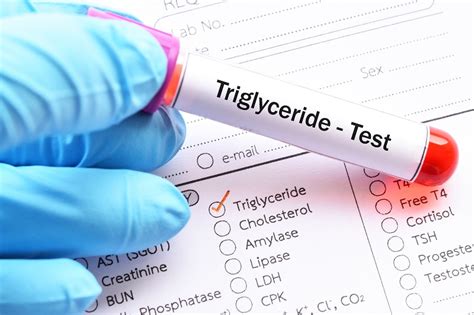
Normal and Abnormal Results
The results of a triglycerides blood test are usually classified as normal, borderline high, or high. Normal results are typically considered to be less than 150 mg/dL, while borderline high results are between 150-199 mg/dL. High results are typically considered to be 200 mg/dL or higher. Abnormal results can indicate an increased risk of heart disease, and further testing or treatment may be necessary.Interpreting Triglycerides Blood Test Results
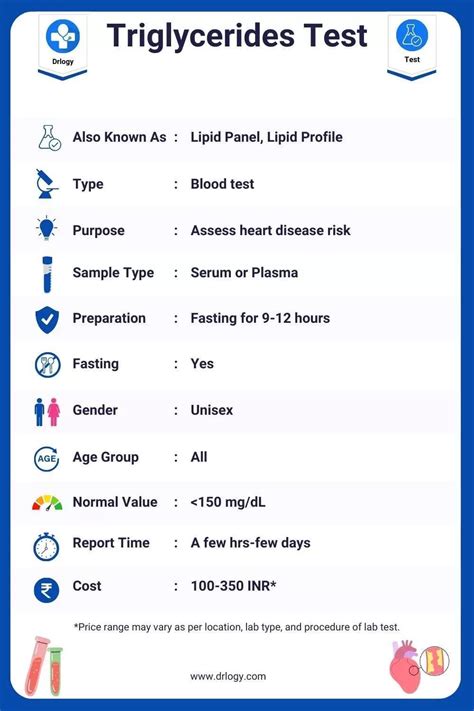
Factors That Affect Triglycerides Blood Test Results
There are several factors that can affect triglycerides blood test results, including diet, exercise, and certain medical conditions. A high-fat diet, for example, can increase triglyceride levels, while regular exercise can help lower them. Certain medical conditions, such as diabetes and kidney disease, can also affect triglyceride levels.What to Do If Triglycerides Blood Test Results Are Abnormal
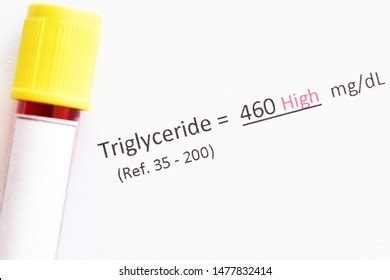
Lifestyle Changes to Lower Triglycerides
Making lifestyle changes is an important step in lowering triglyceride levels and reducing the risk of heart disease. Some lifestyle changes that can help lower triglycerides include: * Eating a healthy diet that is low in fat and high in fiber * Exercising regularly, such as walking or jogging * Losing weight if overweight or obese * Quitting smoking * Limiting alcohol consumptionTreatment Options for High Triglycerides
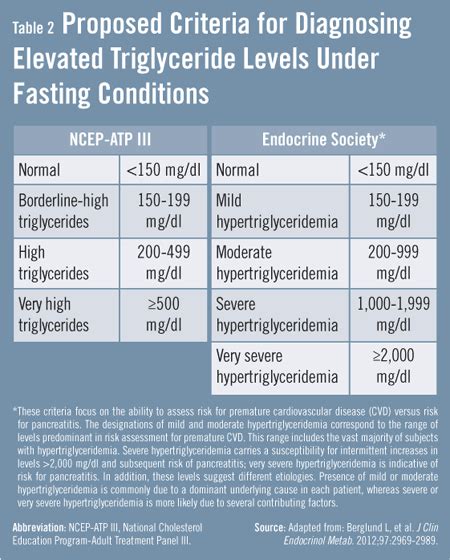
Benefits and Risks of Medication
Medication can be an effective way to lower triglyceride levels and reduce the risk of heart disease. However, there are also potential benefits and risks to consider. Some benefits of medication include: * Lowering triglyceride levels and reducing the risk of heart disease * Improving overall health and well-being * Reducing the risk of other health problems, such as stroke and kidney diseaseHowever, there are also potential risks to consider, such as:
- Side effects, such as muscle pain and liver damage
- Interactions with other medications
- Increased risk of other health problems, such as diabetes and kidney disease
Monitoring Triglycerides Blood Test Results
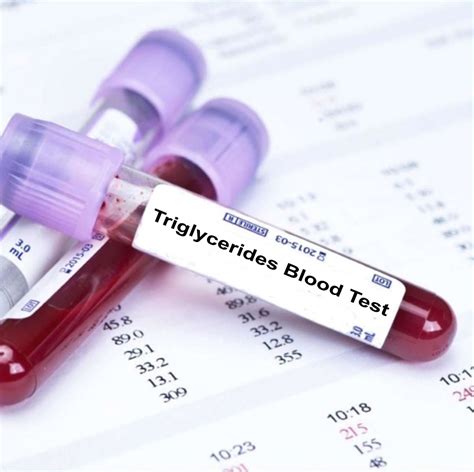
Importance of Regular Monitoring
Regular monitoring of triglycerides blood test results is important for several reasons, including: * Tracking changes in triglyceride levels * Determining the effectiveness of treatment * Identifying potential health problems early * Making lifestyle changes to improve overall health and well-beingConclusion and Next Steps

If you have questions or concerns about triglycerides blood test results, it is essential to speak with a healthcare provider. They can provide guidance on how to interpret the results, make lifestyle changes, and determine the best course of treatment. By taking control of triglyceride levels and making healthy lifestyle choices, individuals can reduce their risk of heart disease and improve their overall health and well-being.
What is a triglycerides blood test?
+A triglycerides blood test is a medical test used to measure the level of triglycerides in the blood. Triglycerides are a type of fat found in the blood, and high levels of triglycerides can increase the risk of heart disease.
What are normal triglycerides blood test results?
+Normal triglycerides blood test results are typically considered to be less than 150 mg/dL. However, this can vary depending on the laboratory and the individual's overall health.
What can cause abnormal triglycerides blood test results?
+Abnormal triglycerides blood test results can be caused by a variety of factors, including a high-fat diet, lack of exercise, and certain medical conditions such as diabetes and kidney disease.
We hope this article has provided you with a comprehensive understanding of triglycerides blood test results and the importance of managing high triglycerides. If you have any further questions or concerns, please do not hesitate to reach out to a healthcare provider. Additionally, we invite you to share this article with others who may be interested in learning more about triglycerides blood test results and how to manage high triglycerides. By working together, we can promote heart health and reduce the risk of heart disease.
